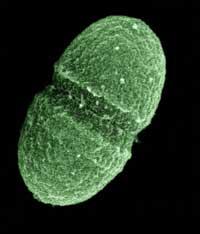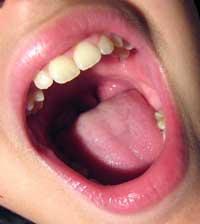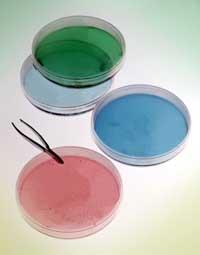Extracting the microscopic population from our body

In the human body there are more microbial cells than human. In total there are a billion microorganisms in each body, but by their small size, they only represent between 1 and 2% of body mass.
The Human Microbiome project aims to decode the genomes of 600 microorganisms that inhabit human bodies, adding those already studied to form a collection of 1,000 microorganism genomes. With this, scientists want to analyze the life of microorganisms. And above all, analyze the changes that occur in microbial communities in normal situations and with diseases.
Origin of samples
To start working, microbial samples will be collected from different parts of the body of healthy people, specifically the digestive tract, mouth, skin, nose and female urogenital apparatus.

These areas are home to microbial communities. The second phase of the research will consist of taking samples of people with diseases produced by microbes, in order to compare them with the previous ones and clarify the basis of them.
Some of the benefits or conditions that microbes can cause in our body are well known. It is only necessary to take into account the greater presence of microorganisms in the human body: the digestive tract. There are many microbes that work to perform various body functions, such as probiotic bacteria. These contribute to the development of the immune system and digestive tasks. However, an imbalance in microbial communities can cause diabetes, asthma, obesity or digestive problems.
New technique
Until now, microbiology studied species individually, making it difficult to classify all microbes in the human body. In fact, the relationship between microorganisms and host is difficult to imitate in the laboratory, since the growth of microorganisms depends on the specific natural environment of each of them.
However, next-generation DNA sequencing techniques will facilitate this work. Instead of isolating each species of microorganism, they will analyze all the DNA present in the sample, obtaining the DNA of each microbe.

This will allow you to get a lot of genetic information that has so far not been obtained. Thus, scientists will know more than now the role of bacteria, fungi and other microbes in human health and diseases.
Conclusions of the study
In addition to the initial research, the possible legal, ethical and social consequences of the results obtained will be analyzed. Above all, its effects on health and clinic, forensic studies, applications of bioterrorism or biodefense and the private environment of people.
According to scientists, knowledge of the genome of microorganisms will help to understand human biology and relationships between microbes and humans differently. This can change ways of understanding health, disease prevention, diagnosis and treatment in the future.
Published in 7k
Buletina
Bidali zure helbide elektronikoa eta jaso asteroko buletina zure sarrera-ontzian











